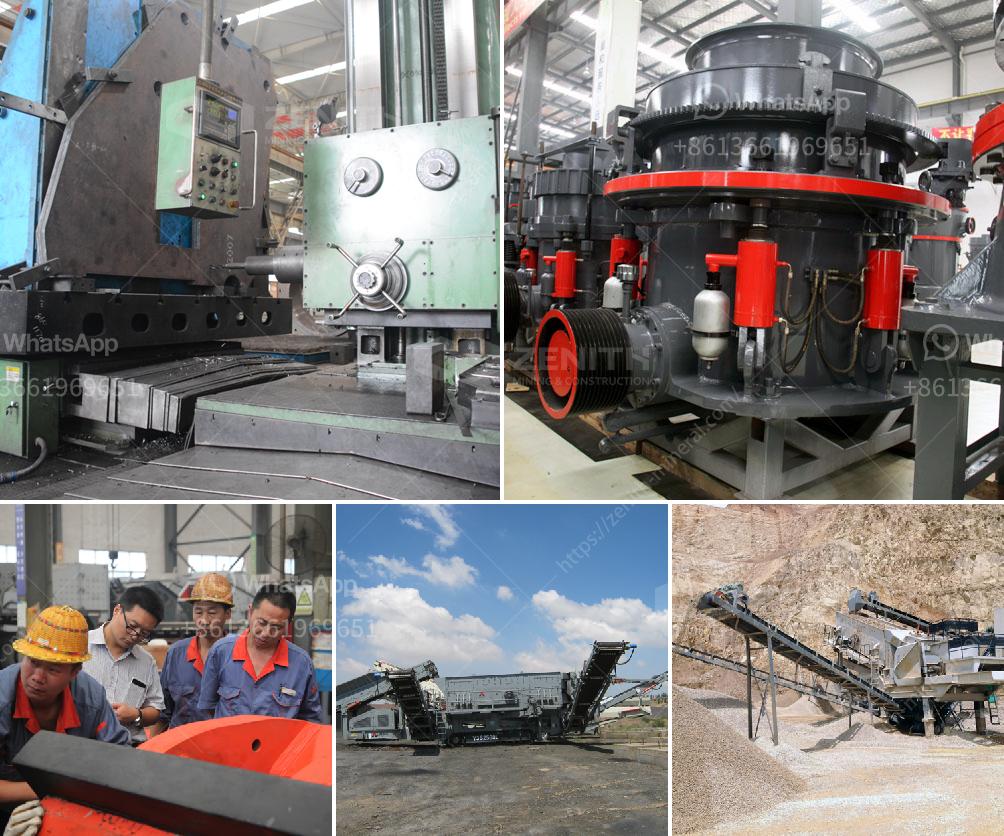In a crushing plant, various machines are used to crush and process raw materials into smaller, more manageable sizes. The specific machines used can vary depending on the type of materials being processed and the desired size and shape of the final product. Some common machines found in a crushing plant include:
Jaw Crusher: Used for the primary crushing of large rocks and ores. It works by compressing the material between a stationary plate and a moving plate.
Cone Crusher: Often utilized for secondary and tertiary crushing, this machine uses a gyrating cone to compress materials against a stationary outer surface.
Impact Crusher: Used for secondary crushing, it consists of a rotor that spins and hurls material against stationary anvils or curtains to break it down.
Hammer Crusher: Known for its high reduction ratio, it uses hammers attached to a rotating shaft to crush material against a rigid surface.
Gyratory Crusher: Similar to jaw crushers, but with a gyrating spindle inside a hollow cone. It’s used for large-scale primary crushing.
Vibrating Feeder: Ensures a steady and controlled flow of material into the crushers.
Vibrating Screen: Separates crushed material into different size fractions for further processing or final use.
Belt Conveyor: Transports materials from one machine to the next, as well as carrying the final product out of the crushing plant.
Sand Making Machine: Typically used for shaping and producing high-quality sand and aggregate.
Mobile Crushers: Portable units that can be moved to different locations, often used in varied production environments.
Dust Collectors: Help manage and minimize dust created during the crushing process for a cleaner working environment.
Each of these machines plays a critical role in ensuring the crushing plant operates efficiently and produces the desired quality of final product.

